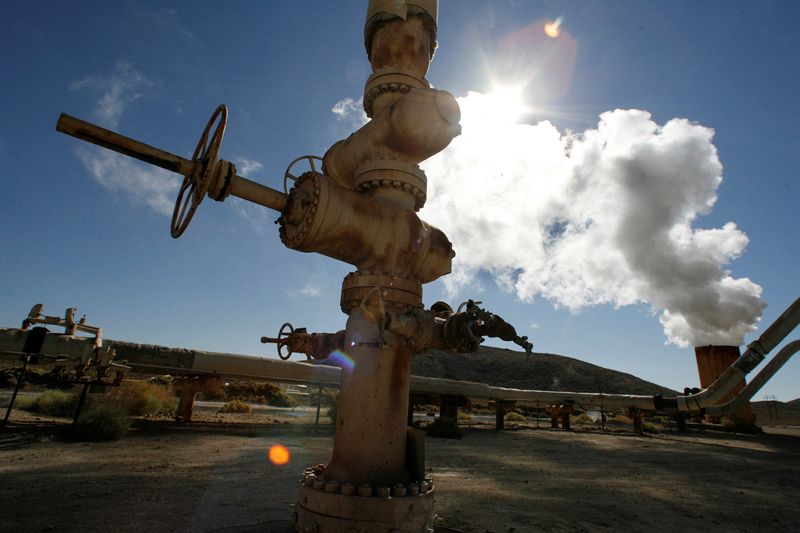By Forrest Crellin
PARIS (Reuters) – The shale drilling techniques that have led to a boom in oil and gas production have also boosted the development of geothermal energy, which could theoretically provide a stable energy source equal to the demand of India and the United States combined . The IEA said this on Friday.
Following the publication of the Paris-based agency’s first report on geothermal energy, Fatih Birol, executive director of the International Energy Agency (IEA), said the source was suitable to supply the vast amounts of stable energy needed by data centers.
“The new structure of geothermal energy is very similar to the oil and gas revolution. We see the new technologies unlocking the global potential with the so-called horizontal drilling and hydrofracking used in shale gas,” Birol said.
“One of the driving forces behind this appetite for geothermal energy is the need for electricity for data centers. If you look at the United States, there is a big push for data centers, which want 24/7 electricity, making geothermal a good fit for them. “
Unlike renewables from wind and solar, geothermal energy can be a steady energy source, but it is still in its infancy and the IEA and Birol say it will need government support and major investment.
The shale drilling techniques in question have also faced opposition from environmentalists in the context of the oil and gas industry due to concerns about water pollution and earthquakes.
Three-quarters of the global geothermal potential is concentrated first in the United States, then in China and then in India, Birol told Reuters.
The new Trump administration has said it will push for more oil and gas drilling and scale back green energy initiatives, but Birol said he saw no reason why that would preclude greater use of geothermal energy.
Geothermal heating could reach as much as 800 gigawatts (GW) globally, or 15% of global demand growth by 2050, with annual production equal to the combined current demand for the US and India, IEA data shows .
Global investments should exceed $1 trillion (951.11 billion euros) by 2035 and $2.8 trillion by 2050, with around 75% invested in electricity generation facilities, the IEA report said.

(1euro = $1.0514)
(This story has been corrected to change name to International Energy Administration International Energy Agency in paragraph 2)


